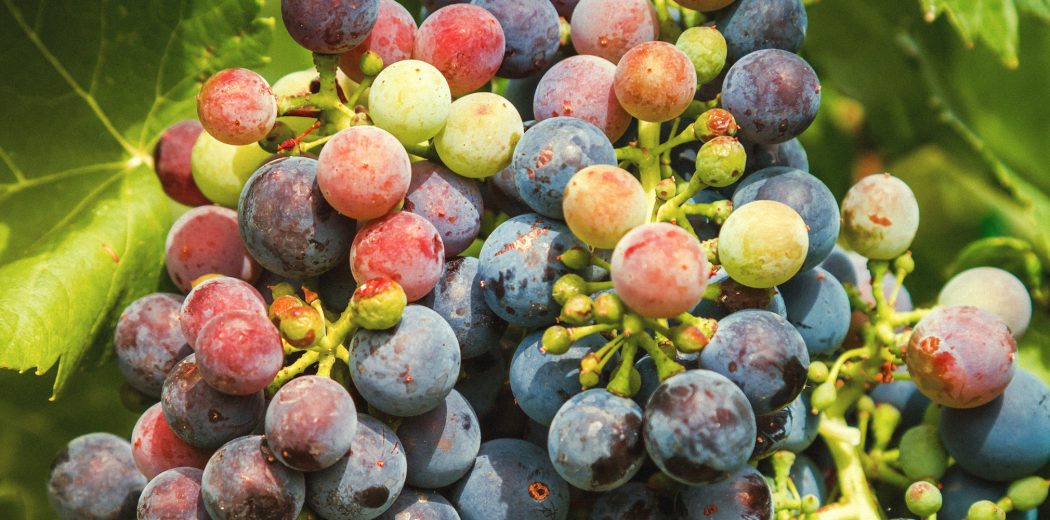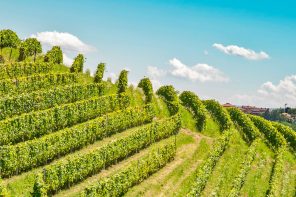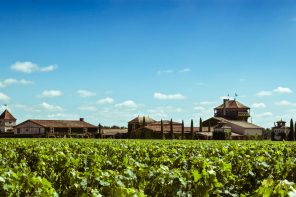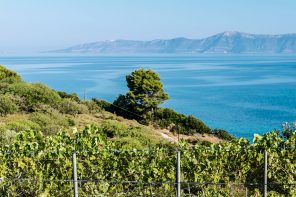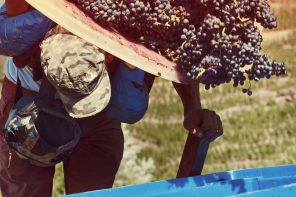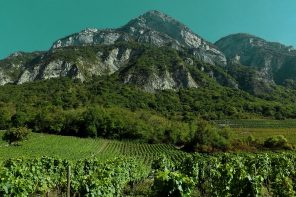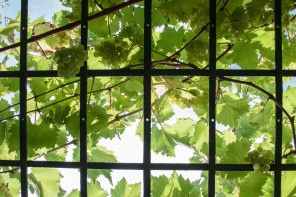If my science courses in school had used wine in their examples and assignment questions, I might not be an English major. While that’s not true, I preferred dissecting Dickens to dissecting frogs. As anyone passionate about wine knows, understanding how grapes become the bottles we so love is almost as much fun as actually drinking them. Impress your friends with your wide berth of wine trivia by educating them on veraison, or the onset of ripening.
Literally translating to “change of color of the grape berries,” veraison (“verr-ray-zoh”) is what causes grapes to go from hard and bitter to sweet, pliable, large and ready for the wine barrel. Boiled down: it’s a pivotal moment in a grape’s lifespan. The grapevine’s yearly cycle can be broken down into two phases, separated by veraison: before, the plant focuses on creating energy through photosynthesis and skin cell division. At that point, all grapes are green thanks to the presence of chlorophyll. After veraison, which occurs in July in the northern hemisphere and January in the southern, the plants devote themselves to energy consumption. Grapes either turn red or develop golden yellow tones, depending on their variety, as polyphenols develop to shield the grapes from the elements.
To avoid diving too far into the scientific side of things, veraison essentially triggers chlorophyll being swapped out for anthocyanins in red grapes, or carotenoids in white grapes, and other nutrients. At this point, grapes become more sugary, swell in size and drop in acidity levels. Grapes that are most exposed to sunshine and air on the vine will undergo veraison first, a process that usually lasts between five and seven days. About six weeks after all grapes have matured, they are ready to be devoted to a much higher purpose.
This a period that calls for an expert hand and can make the difference between a good bottle and a bad one. Winemakers will test specific flavors in the fruit, sugar levels, pH and acidity to judge when it’s time to start the harvest. Ever wonder why some wines are always more expensive than others? Certain vines, like Pinot Noir, Gewürztraminer, and Zinfandel, ripen unevenly, making them more difficult for growers to manage.
Should this fan the flames of a new, oenophile passion, Châteaneuf du Pape has your back. The French village commemorates the grape harvest each August with Fete de la Veraison, where locals don their medieval garb and history is recreated through knights’ tournaments, market stalls and roaming minstrels. Veraison marks when the grapes have come of age; Fete de la Veraison is like their 21st.

